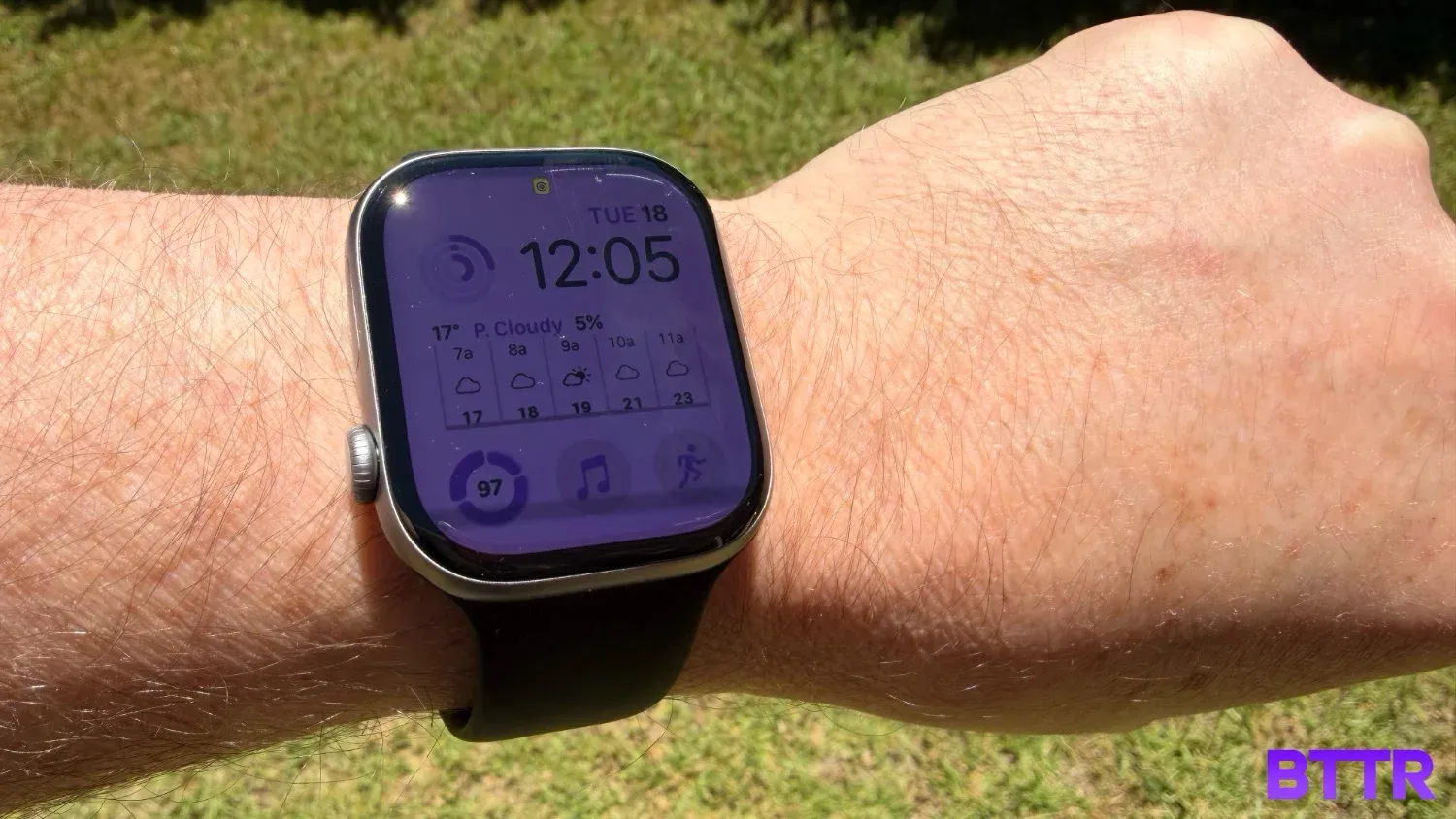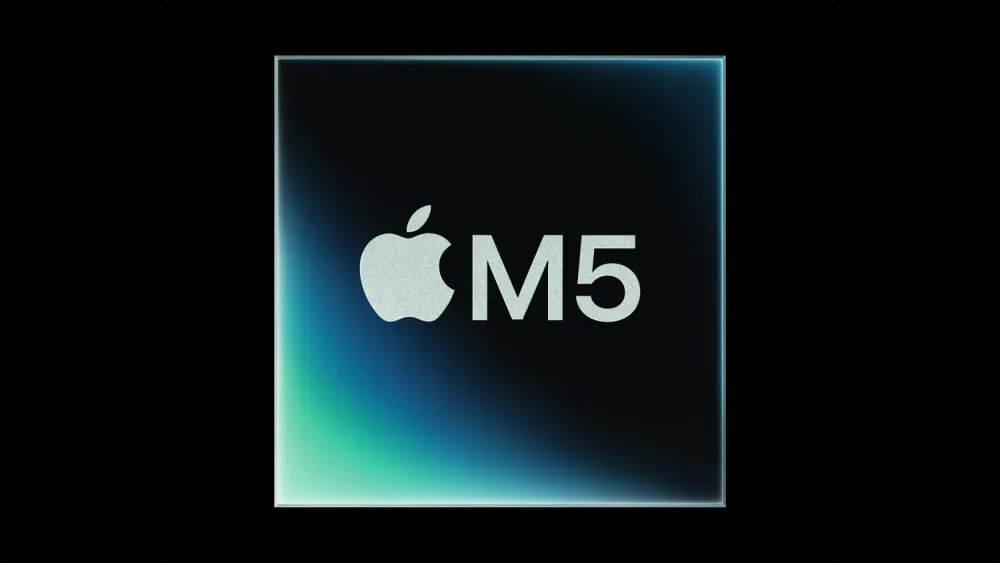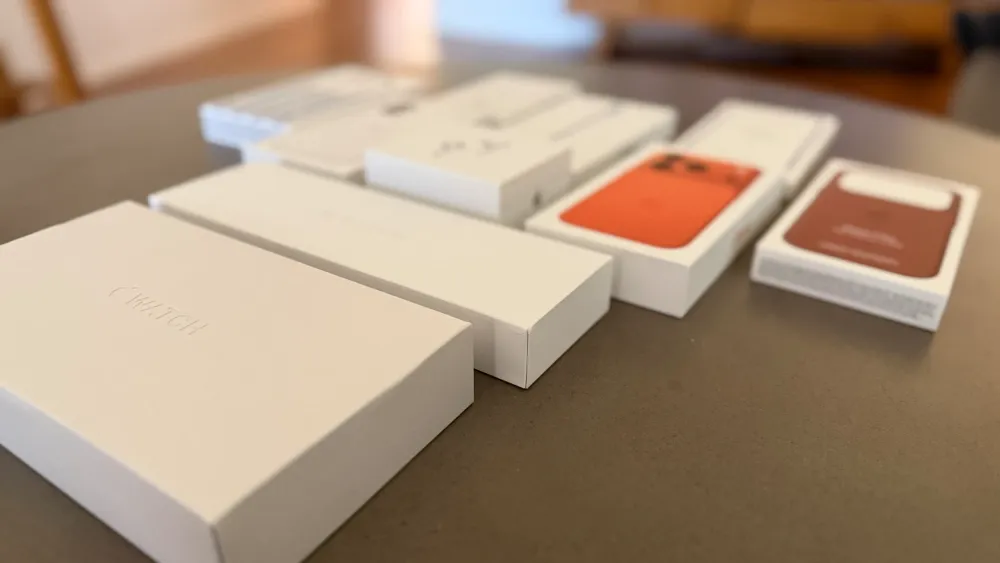Apple continues to dominate the wrist, with incremental updates helping to continue the Watch's reign as the best smartwatch I've ever tested.
- Finally 24 hours between charges
- Stunning screen bright in all lighting
- watchOS 26 is like a whole new platform
- Improvements to the Watch SE make this less appealing
- Still the same design as previous models
How often do people update their smartwatch? I know that people tend to update their smartphone every three years these days, but I doubt the update between smartwatches is as frequent.
I’m pondering this question because as I transitioned to this year’s Apple Watch Series 11, I was surprised by how little seemed to have changed over the Series 10.
This year’s model has the same processor and design as last year’s model. On the wrist, they are difficult to tell apart.
But the Series 11 does have one significant advantage: 24-hour battery life. For the first time since the Apple Watch first launched, I’ve been able to comfortably get a full day between charges every day since I started testing the Series 11.
It’s not enough to warrant an upgrade from last year’s model. But if your current Apple Watch is a Series 5 or Series 6, the upgrade is definitely going to be noticeable.
@bttr_reviews The @apple Watch Series 11 is here, so let’s unbox it. It’s a minor upgrade over last year’s Series 10, with a more scratch resistant screen, longer battery and some new health features in WatchOS like the sleep score. Review to come, so follow for more!
♬ Fighter (Instrumental) - ROKKA
What makes the Apple Watch Series 11 stand out?
Visually, there’s not a huge amount that separates the Series 11 from last year’s Series 10.
But under the hood, the key advantage is a big update to the battery life. Where last year’s Series 10 offered up to 18 hours between charges, Apple has increased the capacity and improved the software to get the S11 to a full 24 hours between charges.
Now, obviously, this will depend on your individual usage. But over the course of the six weeks or so I’ve been testing this smartwatch, I’ve comfortably managed to get the watch to last a full day.
It also has the Apple Watch fast-charging support, which means you should be able to get from 0% to 80% in just 30 minutes.
The other big step up this year is in the connectivity department, with the Series 11 finally offering 5G connectivity on its Cellular models. If you only opt for the Wi-Fi model, that’s less of a selling point, though all S11 models also get dual-band Wi-Fi for the first time this year as well.
Apple Watch Series 11 smartwatch specs
| Category | Specification |
|---|---|
| Display | Always-On Retina display with wide-angle OLEDs and LTPO3 Up to 2,000 nits peak brightness, 1 nit minimum brightness 326 pixels per inch 46mm: 416 × 496 pixels (1,220 sq mm display area) 42mm: 374 × 446 pixels (989 sq mm display area) |
| Materials & Finish | Aluminium: Rose Gold, Silver, Space Grey, Jet Black Titanium: Gold, Natural, Slate |
| Size & Weight (46mm) | Height: 46mm | Width: 39mm | Depth: 9.7mm Weight: Aluminium GPS 37.8g, Aluminium GPS+Cellular 36.9g, Titanium 43.1g Fits 140-245mm wrists |
| Size & Weight (42mm) | Height: 42mm | Width: 36mm | Depth: 9.7mm Weight: Aluminium GPS 30.3g, Aluminium GPS+Cellular 29.7g, Titanium 34.6g Fits 130-200mm wrists |
| Chip | S10 chip with 64-bit dual-core processor 4-core Neural Engine 64GB capacity |
| Sensors | Electrical heart sensor, Third-generation optical heart sensor Blood oxygen sensor, Temperature sensor Compass, Always-on altimeter High-g accelerometer, High-dynamic-range gyroscope Ambient light sensor Depth gauge to 6 metres, Water temperature sensor |
| Battery Life | Up to 24 hours normal use Up to 38 hours in Low Power Mode Fast charge: Up to 80% in about 30 minutes 15 minutes for up to 8 hours normal use 5 minutes for up to 8 hours sleep tracking |
| Connectivity | Wi-Fi 4 (802.11n), 2.4GHz and 5GHz Bluetooth 5.3 L1 GPS, GLONASS, Galileo, QZSS, BeiDou Second-generation Ultra Wideband chip GPS + Cellular models: 4G LTE and 5G NR support |
| Health Features | Blood Oxygen app, ECG app Heart Rate monitoring with high/low notifications Irregular rhythm notifications Sleep tracking with sleep stages and sleep score Sleep apnoea notifications Cycle Tracking with retrospective ovulation estimates Temperature sensing Medications app, Mindfulness app, Noise app |
| Safety Features | Emergency SOS, International emergency calling Crash Detection, Fall Detection Noise monitoring, Backtrack |
| Durability | Water resistance to 50m (swim-proof) Dust resistance IP6X Ion-X front glass with 2× scratch resistance (aluminium) Sapphire front crystal (titanium) |
| Controls | Digital Crown with haptic feedback Side button, Band release button Double tap and wrist flick gestures Siri with on-device processing |
| Audio | Speaker, Microphone with Voice Isolation Media playback |
| Operating System | watchOS |
| Compatibility | iPhone 11 or later (including iPhone SE 2nd gen or later) Requires iOS 26 or later |
| In the Box | Apple Watch Series 11 Band Apple Watch Magnetic Fast Charger to USB-C Cable (1m) |
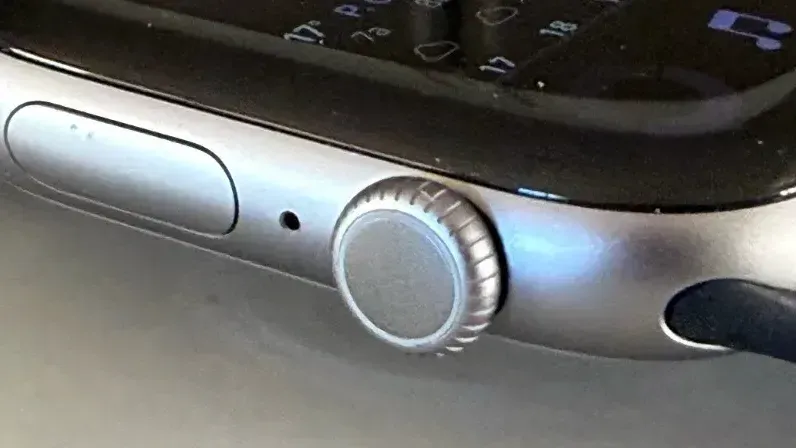
Design and build quality
The Apple Watch hasn’t significantly changed its design for 11 generations. Sure, there have been subtle tweaks and refinements, but the Apple Watch has always looked like an Apple Watch.
The Series 11 is remarkably similar to the Series 10. The aluminium models have an upgraded scratch-resistant Ion-X glass this year, and there’s a new space grey aluminium colour option, but even so, you would be hard-pressed to tell the S11 and S10 models apart.
Under the hood, there are a few additional modifications. While the S11 uses the same S10 chip to power the watch, and the same always-on OLED display with 2,000 nits of peak brightness, the S11 gets a bigger battery.
But the W3 wireless chip is the same, the UWB chip is the same, the four-core neural engine is the same and both models have 64 GB of storage.
The similarities to the last generation aren’t necessarily a bad thing, though. The Series 10 was a much more comfortable fit than the Series 9, and the improvements to watchOS this year apply to both models equally.
Which is to say that Apple has made some minor improvements to the Series 11, without pushing things too aggressively. Given the Series 10 is comfortably one of the best smartwatches on the market, why would Apple radically change a winning formula.
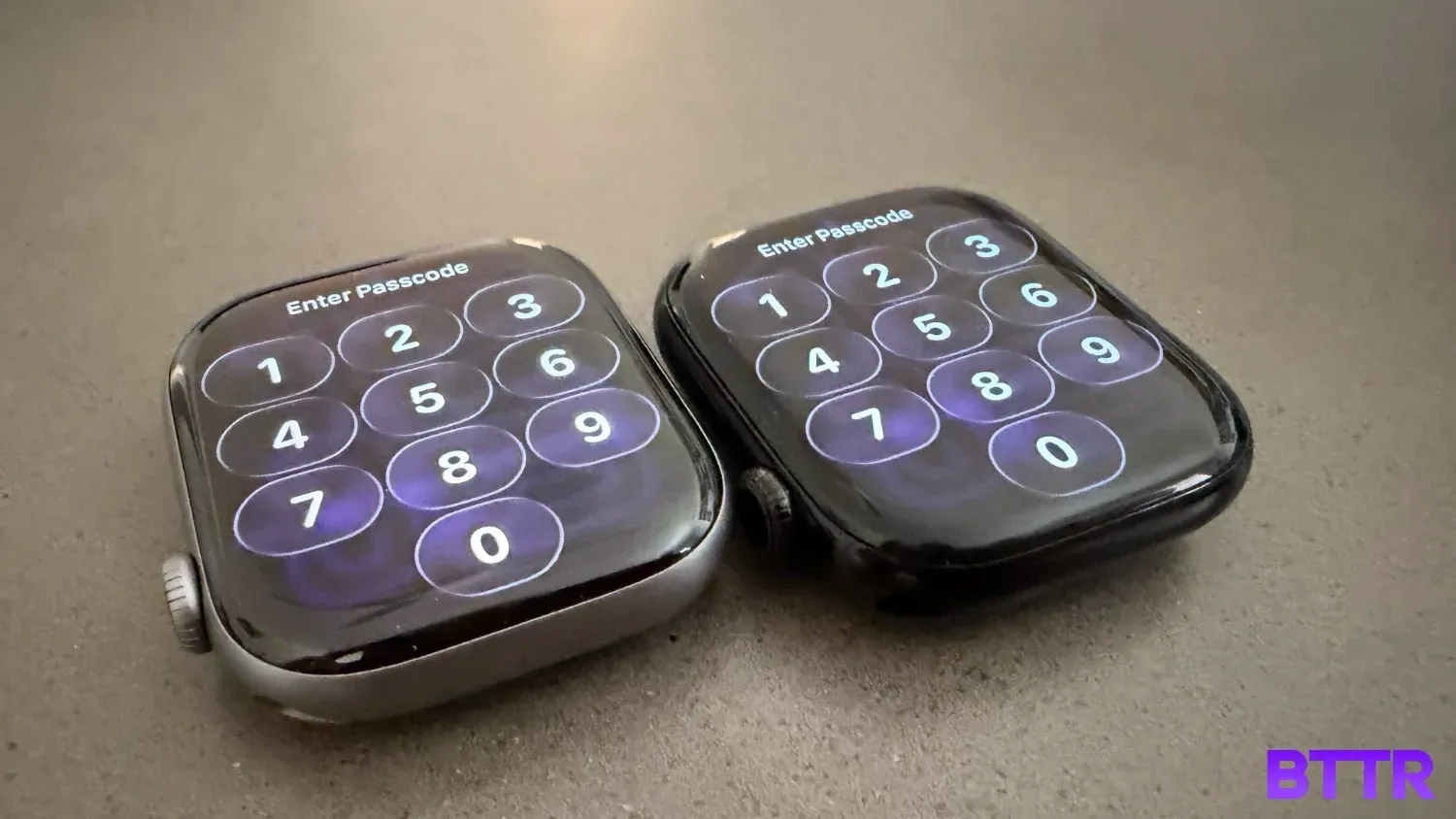
Performance and software
Given the Series 11 is rocking the same S10 chip inside as last year’s Apple Watch, it’s hardly a surprise that across the performance space, there’s not a lot to talk about.
The watch tracks your physical activity and your sleep, with apps for ECG and Blood Oxygen readings and notifications for high and low heart rate, and irregular rhythms, plus low cardio fitness.
Like previous Apple Watch models, you can also track your sleep, including notifications for sleep apnoea. Sensors track your sleep temperature to give you insights into your health, as well as the quality of your sleep.
But these features aren’t unique to the Series 11. Even the new features Apple launched in watchOS 26 this year, including the sleep score and the ability to flick your wrist to dismiss notifications, are all available to previous generations.
But I believe this is a bit of a case of “if it ain’t broke, don’t fix it”. Apple’s Series 10 was a great device, so Apple hasn’t done too much to play around with the winning formula here.
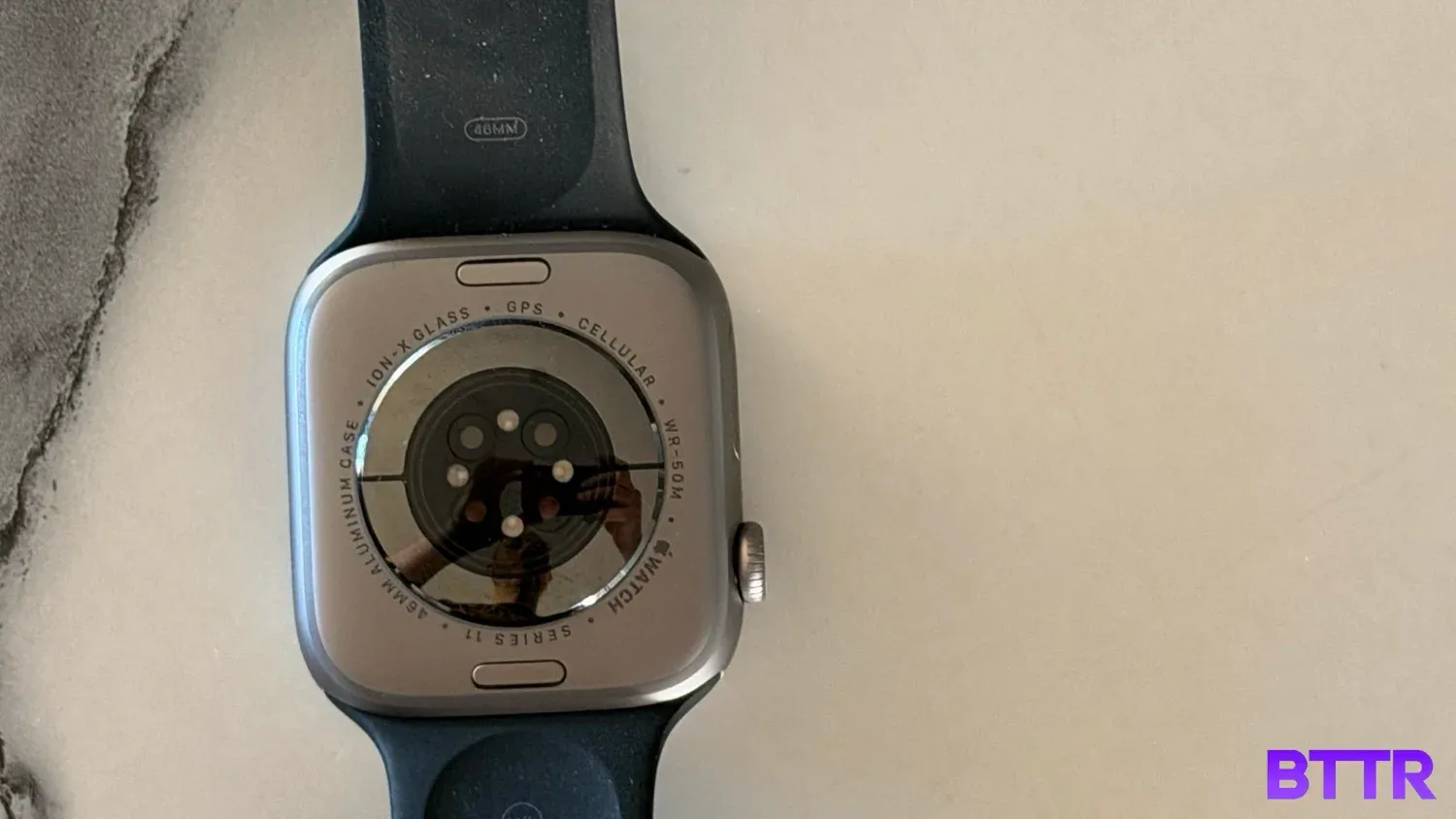
Battery life and connectivity
The one area Apple did play around with the formula this year was with the battery. And it’s been a long time coming.
By increasing the battery capacity and optimising the software, the Apple Watch Series 11 will get you through the whole day on a single charge for the first time.
That’s a six-hour improvement over the S10 with standard use. It’s a big step-up – maybe not enough to warrant a year-on-year update, but a significant improvement nonetheless.
The battery improvements also extend to fast charging. While the past few models have offered fast charging, getting you to 80% charge from flat in about 30 minutes, the Series 11 goes one step further.
With just 15 minutes on the charger, you’ll get enough charge to get you through an eight-hour workday of normal use.
Or even better – if you forget to charge and are about to go to bed, five minutes on the charger will give the watch enough battery life to get you through an 8-hour sleep.
On the connectivity front, the dual-band Wi-Fi support is nice to have, though you won’t notice it in your daily use.
And while the Series 11 I was sent to review was the cellular model, I have never found any need to pay for an additional SIM plan to use the watch without my phone. In other words, I didn’t test the 5G connectivity performance.
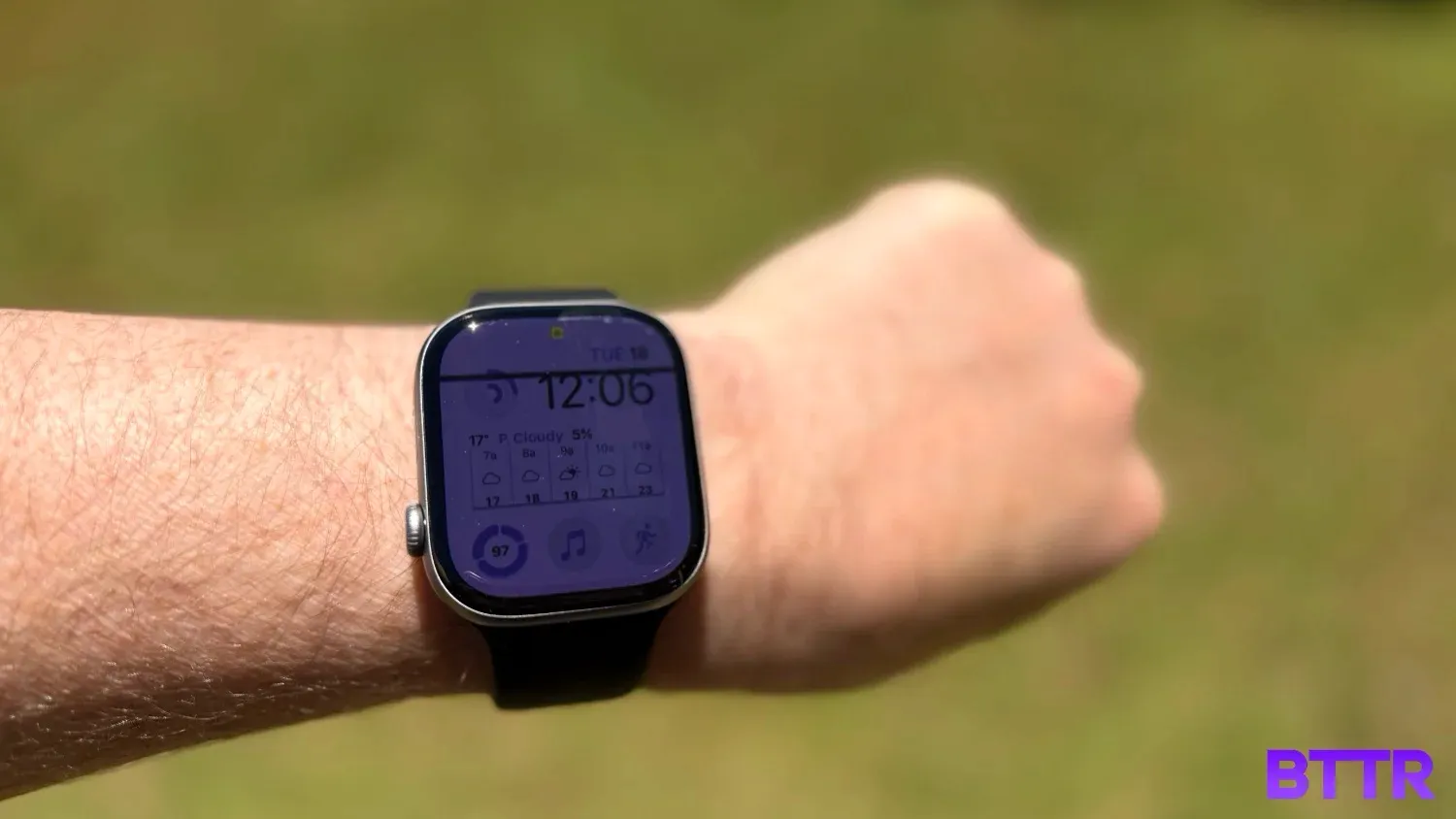
Verdict
Apple has made the best Apple Watch even better with the Series 11. But the improvements are minor, almost indiscernible.
If Apple were a normal brand, the arrival of a newer, better model would mean the previous generation would get its price slashed as retailers try to clear out stock. And that would normally provide a great opportunity for customers to get the remarkably similar but slightly older Series 10 Apple Watch for a bargain.
But Apple isn’t a regular brand. As I write this, the Series 10 is selling for prices starting at $589, which is just $90 cheaper than the Series 11 starting price of $679.
For $90, I’d argue that the Series 11 is better value thanks to that battery improvement and more robust display.
But if you ever find the Series 10 for under $500, it suddenly becomes a very different story.
Buy the Apple Watch Series 11 if:
- You haven’t updated your Apple Watch since the Series 5 or Series 6
- You really want all-day battery life
- You tend to scratch the crap out of your watch’s screen
Skip the Apple Watch Series 11 if:
- You have a Series 10 already – It’s effectively the same watch!
- You’re looking for a sub-$500 Apple Watch
- You need a watch for extreme sporting conditions – go with the Ultra 3 instead
Where to buy
The Apple Watch Series 11 comes in numerous combinations, with different screen sizes, Wi-Fi only or mobile network support, and multiple colours.
Here’s what the pricing looks like across variants:
| Apple Watch Series 11 model | RRP |
|---|---|
| Aluminium 42 mm GPS | $679 |
| Aluminium 42 mm Cellular | $849 |
| Aluminium 46 mm GPS | $729 |
| Aluminium 46 mm Cellular | $899 |
| Titanium 42 mm Cellular | $1,249 |
| Titanium 46 mm Cellular | $1,339 |
You can buy the Apple Watch Series 11 from the following retailers:
Frequently Asked Questions
Is the Apple Watch Series 11 worth buying?
The Apple Watch Series 11 offers a bright display (up to 2,000 nits), improved battery life (up to 24 hours in normal use, 38 hours in low-power Mode), and faster charging. With the S10 chip, enhanced health features like sleep apnoea notifications, and both aluminium and titanium options, it's a solid upgrade for those with older models or new users entering the Apple ecosystem.
What's the difference between GPS and GPS + Cellular on the Apple Watch Series 11?
The GPS model requires a connection to your iPhone via Bluetooth or Wi-Fi for calls, messages, and notifications. The GPS + Cellular model has its own mobile connection, allowing you to make calls, send texts, stream music, and receive notifications without your iPhone nearby. Cellular requires a compatible mobile plan, which is an additional ongoing cost.
Is the Apple Watch Series 11 waterproof?
The Apple Watch Series 11 has a water resistance rating of 50 metres under ISO standard 22810:2010, making it suitable for swimming in pools and ocean swimming. It also includes a depth gauge to six metres and water temperature sensors. However, it's not designed for scuba diving, waterskiing, or high-speed water activities.
How long does the Apple Watch Series 11 battery last?
Apple Watch Series 11 delivers up to 24 hours of battery life with normal use (including sleep tracking), and up to 38 hours in low-power mode. It supports fast charging, reaching 80% in about 30 minutes, and just 15 minutes of charging provides up to 8 hours of normal use.
Should I get the 42 mm or 46 mm Apple Watch Series 11?
The 42 mm model is ideal for smaller wrists (130-200 mm) and weighs less (30.3g for aluminium GPS), while the 46 mm suits larger wrists (140-245 mm) and offers a bigger display with more screen real estate. The 46 mm model weighs slightly more (37.8g for aluminium GPS) but provides better visibility for notifications, apps, and fitness data.
What iPhones work with the Apple Watch Series 11?
Apple Watch Series 11 requires iPhone 11 or later, including iPhone SE (2nd generation or later), running iOS 26 or later. It's not compatible with Android devices or older iPhone models. Make sure your iPhone is updated to the latest iOS version for full compatibility.

